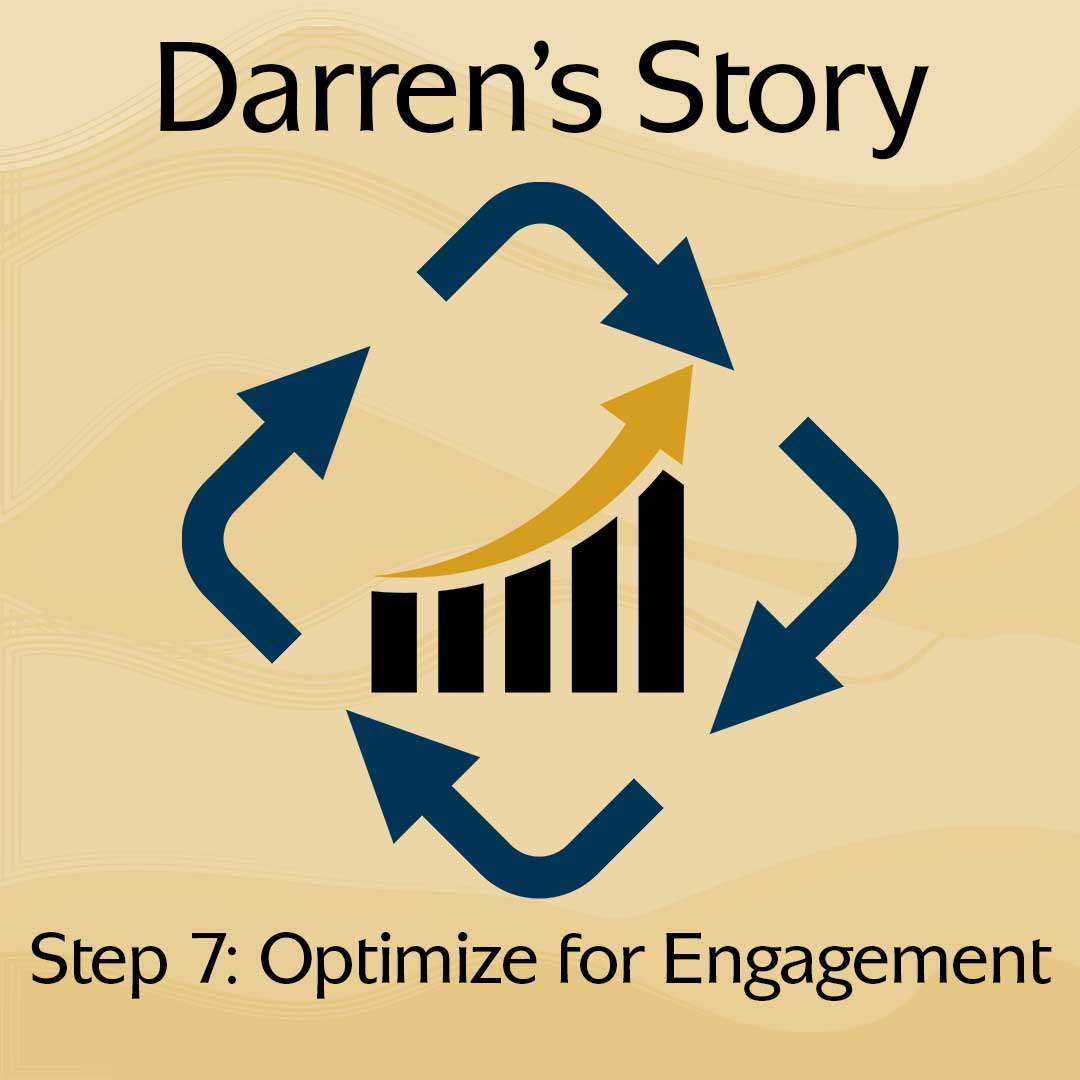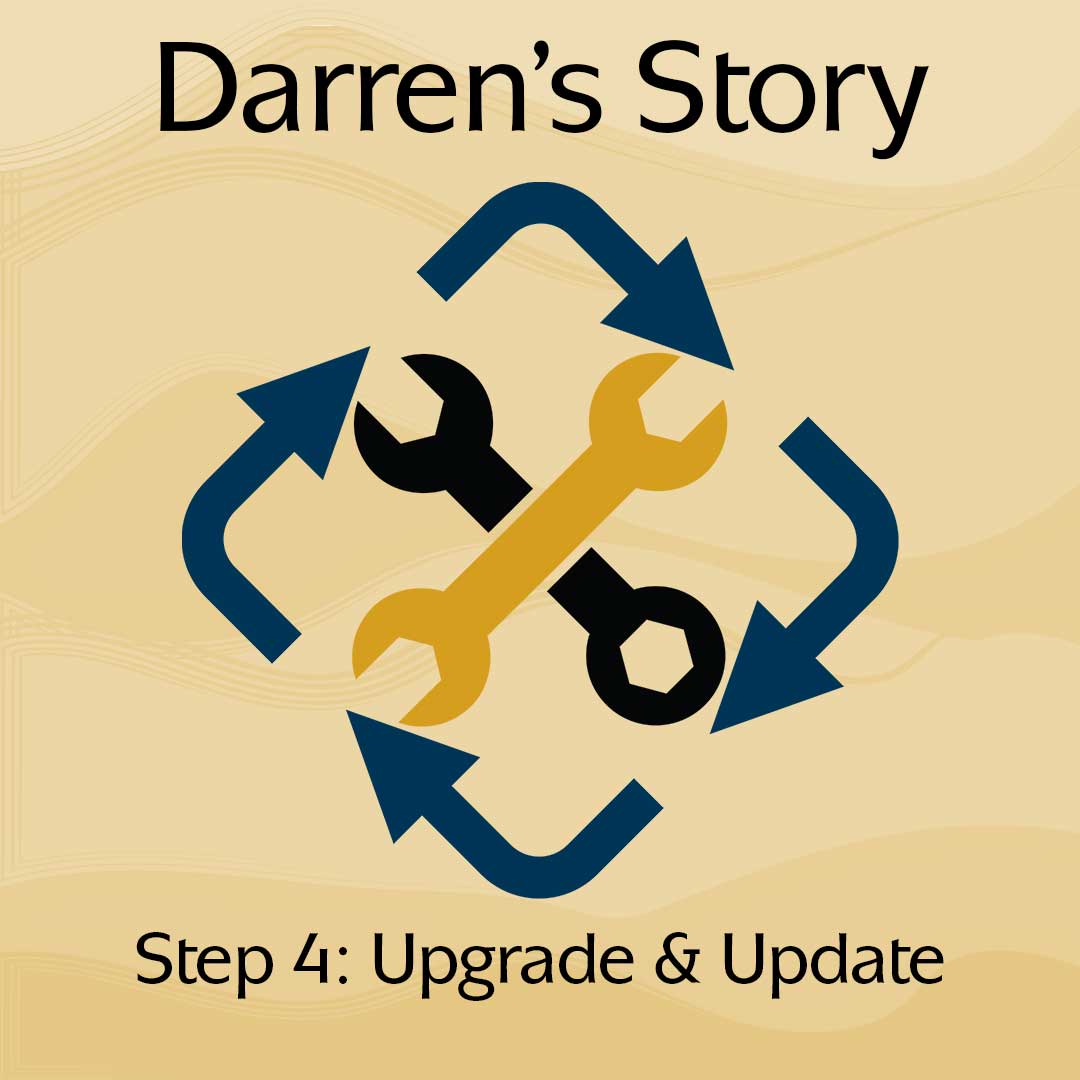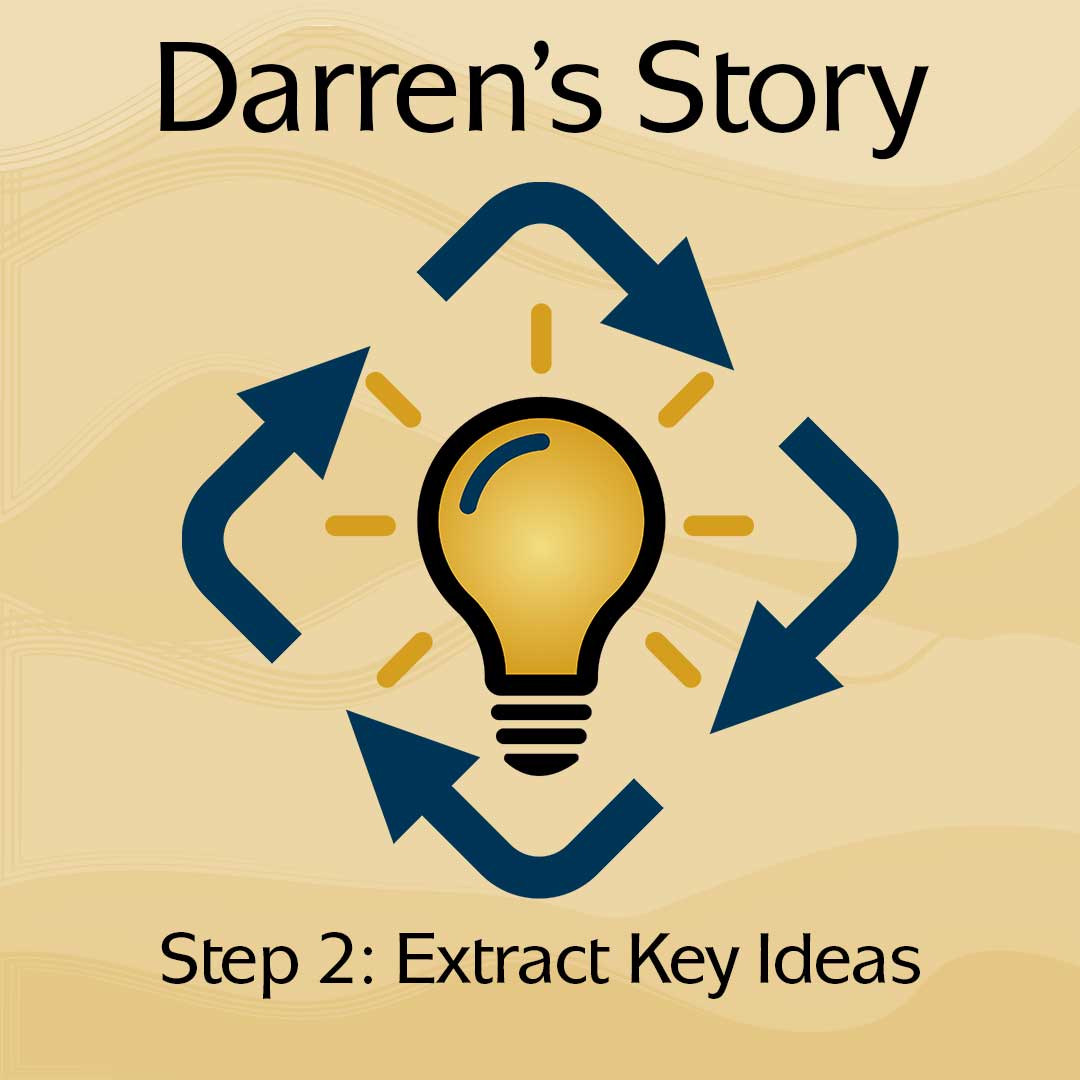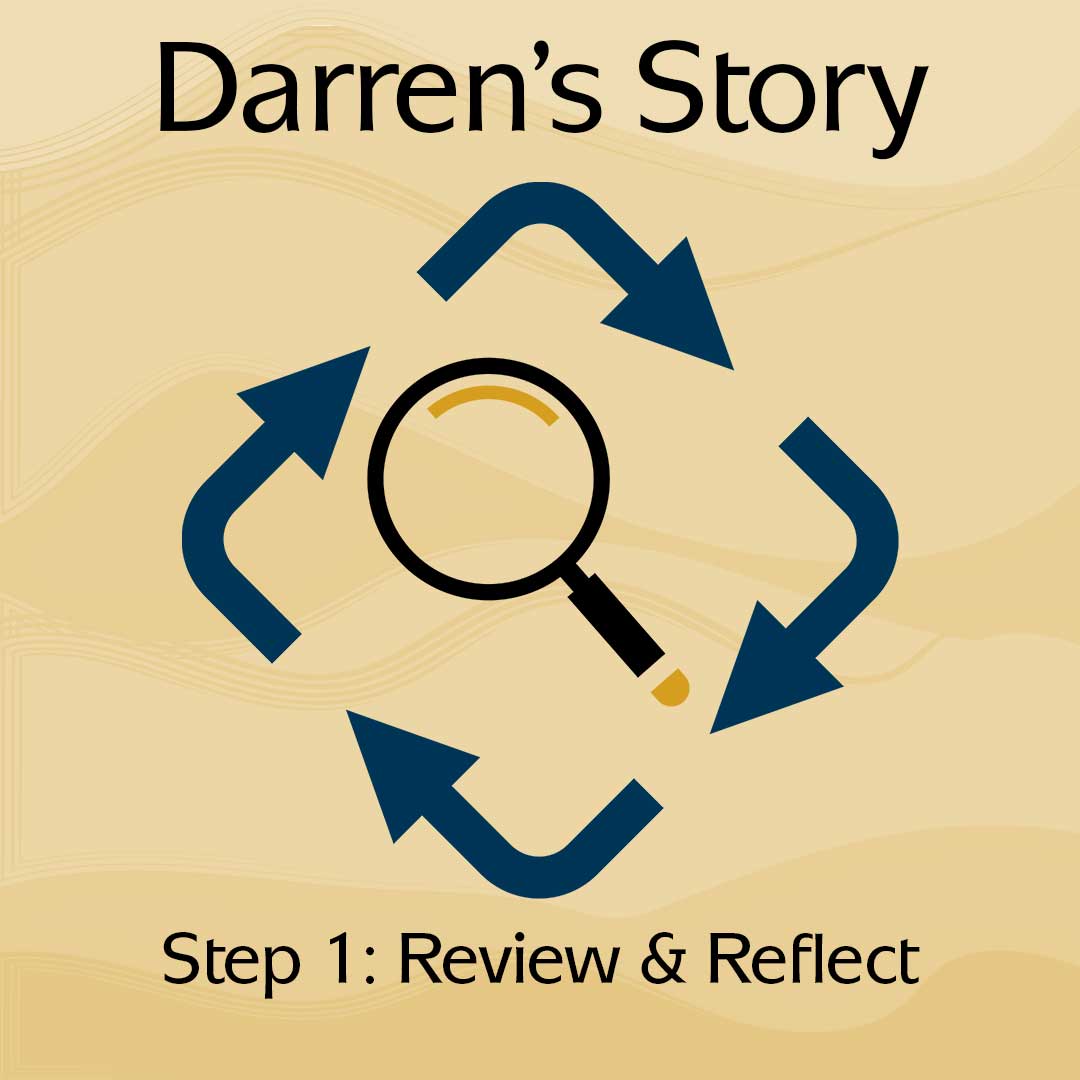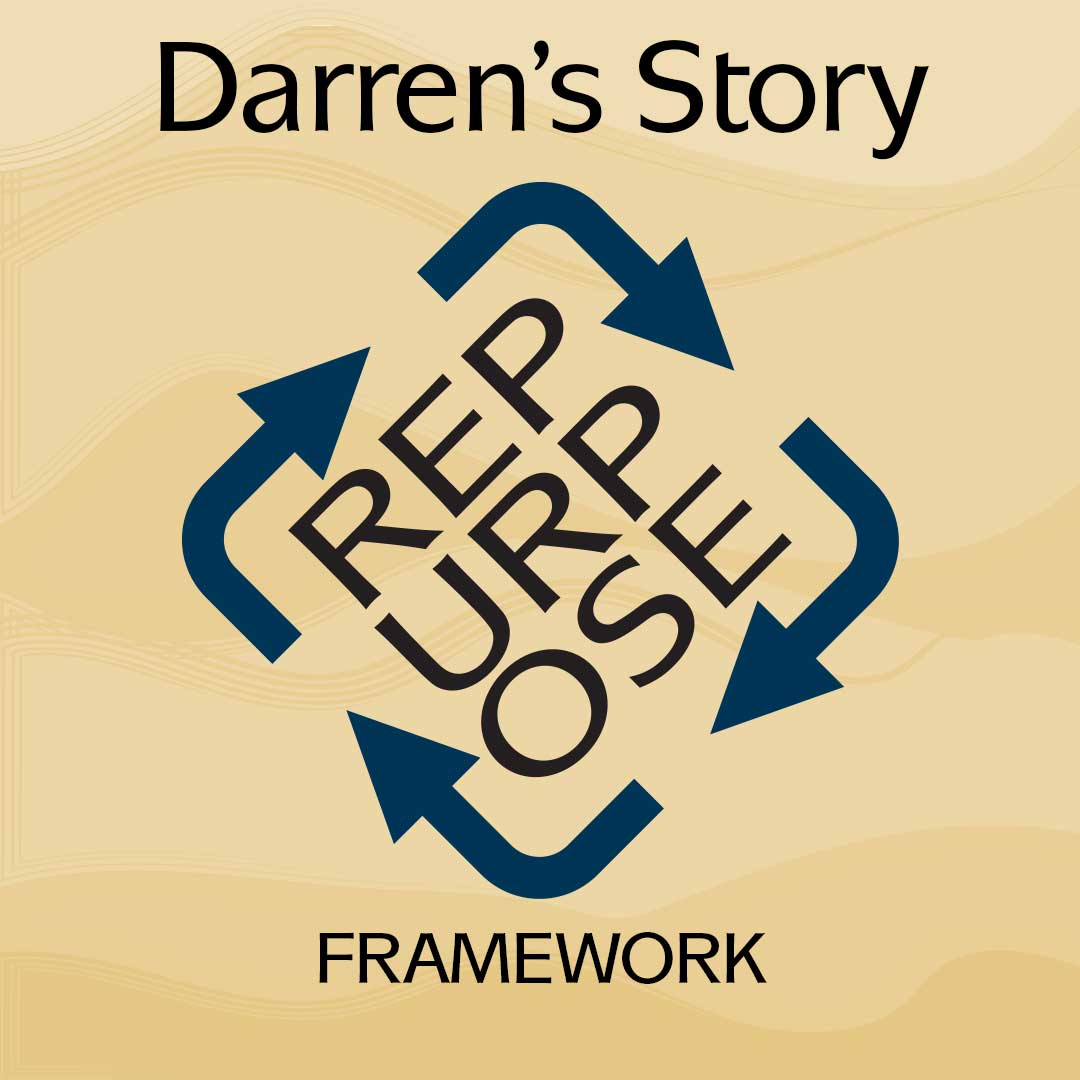Step 3: Plan New Uses
With his content pillars finally mapped out, Darren felt something unexpected: clarity. It was like walking into a messy garage, flipping on the light, and realizing he actually had a workbench under all the clutter. For the first time in months, his ideas weren’t just floating around in his head. They had structure. And that structure gave him confidence.
He sat at his desk early on a Monday morning, a mug of half-cold coffee in hand, and opened a new document. No distractions. No doom-scrolling. Just focus. Darren asked himself a new kind of question, not “What should I post today?” but “What do I want my audience to understand this month?” That one shift rewired everything.
Having A New Focus
He started sketching out a plan. One core message per week. Maybe four, maybe five total for the month. Each one tied to a pillar. He added space beneath each theme and filled it with content fragments, quotes from old talks, stories from client sessions, questions he’d been asked repeatedly. The pressure to be original every single day started to lift. He realized he didn’t need more ideas. He just needed to use the ones he already had, more strategically.
By mid-morning, he was flowing. He grouped related ideas into mini-themes. He gave each week a goal. One week focused on trust-building, another on demonstrating results, another on inviting conversation. Instead of juggling content for content’s sake, Darren was building a narrative across time.
Having A New Perspective
And here’s where it clicked. Planning didn’t mean being rigid. It meant being ready. He wasn’t locking himself into a script. It gave him a head start. He no longer needed to wake up in panic, scrambling for a last-minute post. His future self would thank him.
He also started looking at what he’d already created with fresh eyes. That blog post from last year that barely got views? It had a killer insight in the second paragraph. Why not turn that into a short video? The slide deck from a virtual workshop? Perfect material for a carousel. Even a 45-second voice note about burnout turned into a story post that got more engagement than anything he’d published in months.
The more he reused and reshaped what he had, the more his confidence grew. Not just as a content creator, but as a strategist. He wasn’t just talking at people anymore. He was guiding them.
Having A New Plan
By the end of the week, Darren had two full weeks of content ready to go. Not filler. Not fluff. But purposeful pieces that built on each other. His calendar was no longer a blank space he dreaded. It was a map. And for the first time in a long time, posting didn’t feel like a pressure.
It felt like progress.
